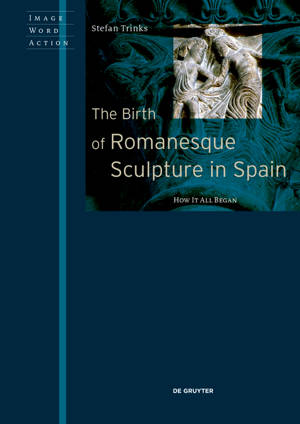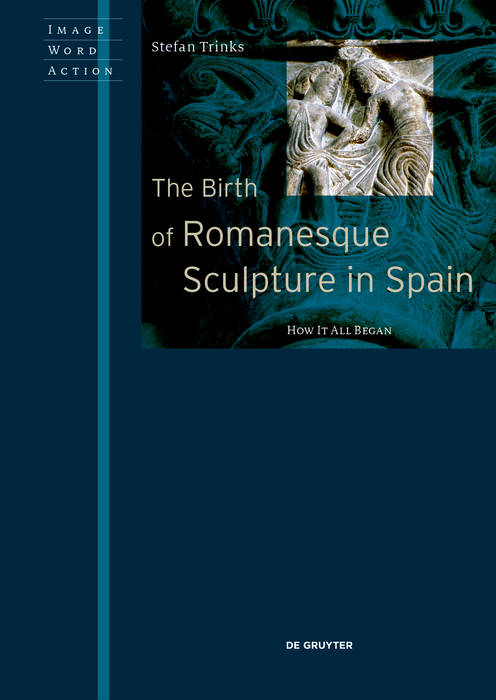
- Afhalen na 1 uur in een winkel met voorraad
- Gratis thuislevering in België vanaf € 30
- Ruim aanbod met 7 miljoen producten
- Afhalen na 1 uur in een winkel met voorraad
- Gratis thuislevering in België vanaf € 30
- Ruim aanbod met 7 miljoen producten
Zoeken
Omschrijving
Antiquity seems to have continued well into the 11th century in Northern Spain - evident in the unconventional classical content of the sculpture in three pilgrimage churches, in Jaca, Léon and Santiago. Special historical factors led to the great artistic freedom that prevailed along the pilgrimage route and served as its prerequisite. Sculptors found themselves in direct competition with ancient sculpture. Through their understanding of an Orestes sarcophagus from the 2nd century A.D., a single generation of artists was able to develop a Romanesque style assimilated almost exclusively from antiquity. The author is the first to examine an entire collection of 11th century sculpture on the Pilgrim's Way to Santiago that oriented itself towards classical forms while opening a new space for experience and action.
Specificaties
Betrokkenen
- Auteur(s):
- Uitgeverij:
Inhoud
- Aantal bladzijden:
- 400
- Taal:
- Engels
- Reeks:
- Reeksnummer:
- nr. 9
Eigenschappen
- Productcode (EAN):
- 9783110575705
- Uitvoering:
- Hardcover
- Afmetingen:
- 170 mm x 240 mm

Alleen bij Standaard Boekhandel
+ 121 punten op je klantenkaart van Standaard Boekhandel
Beoordelingen
We publiceren alleen reviews die voldoen aan de voorwaarden voor reviews. Bekijk onze voorwaarden voor reviews.











